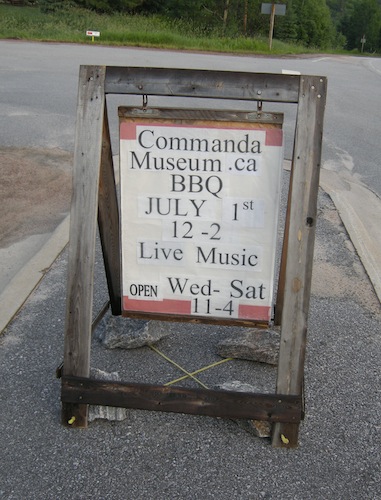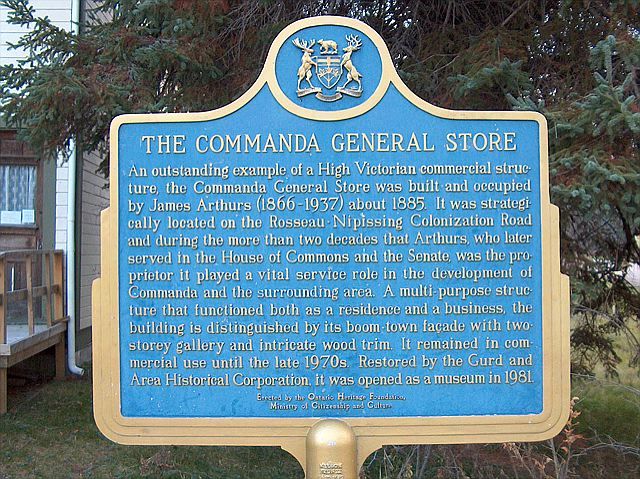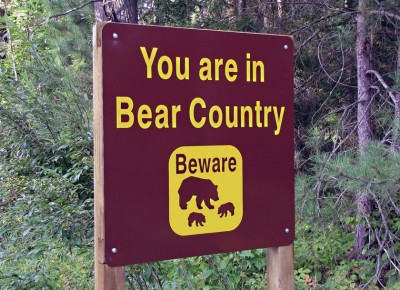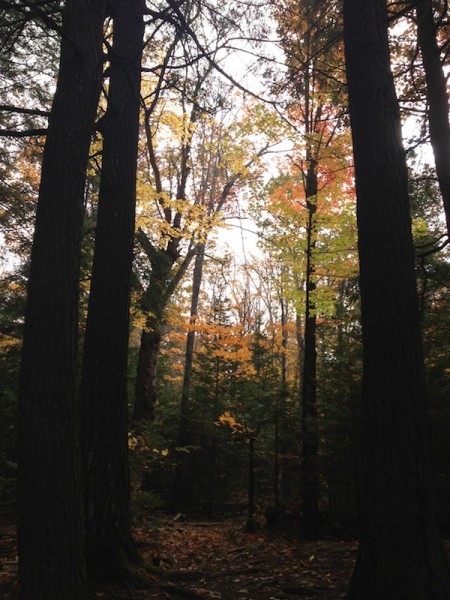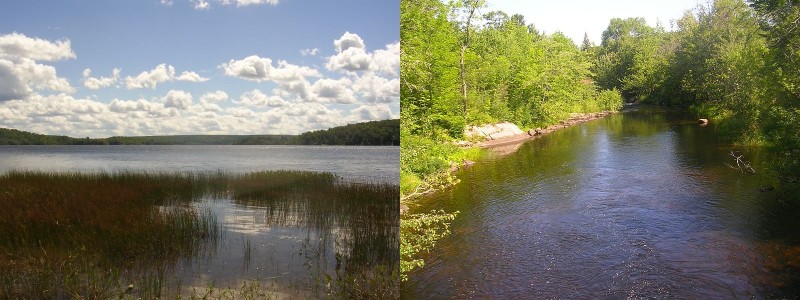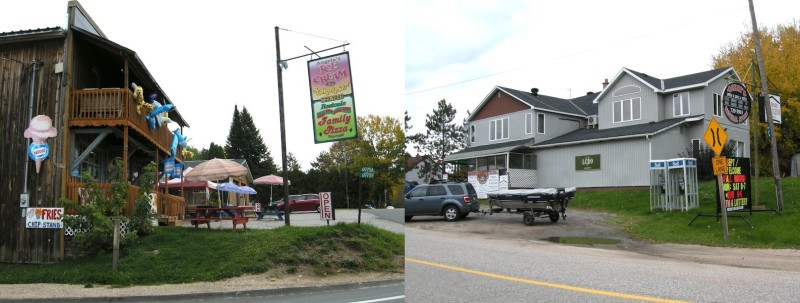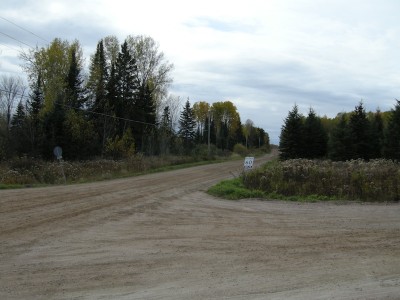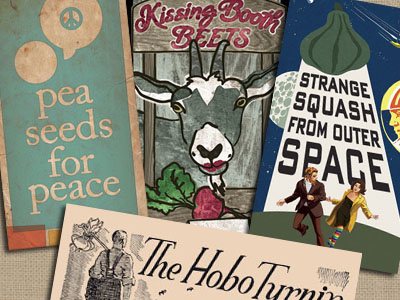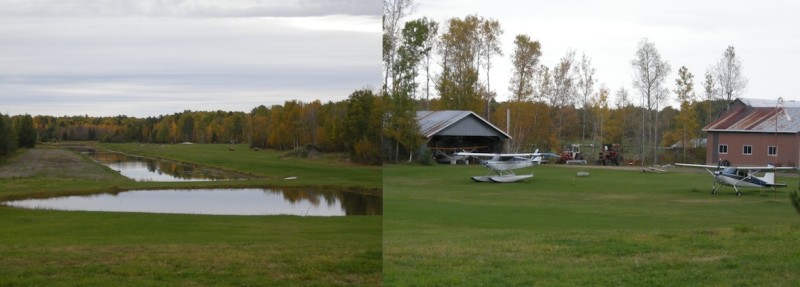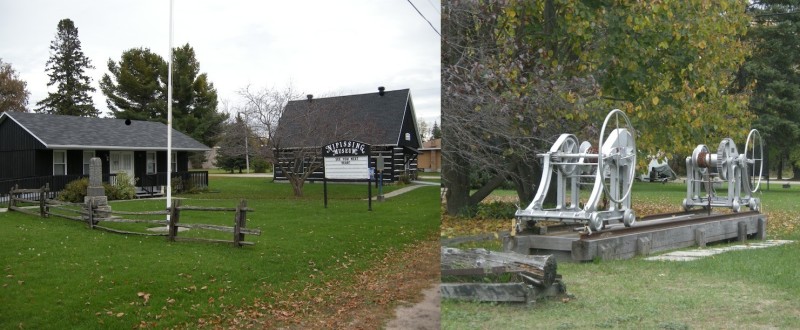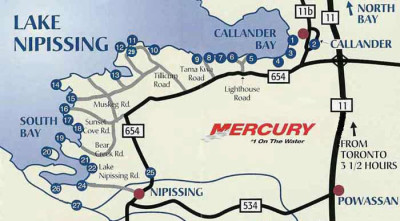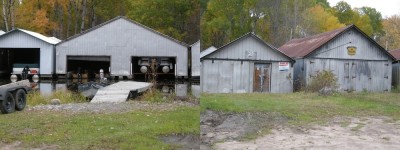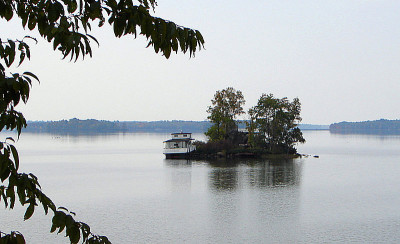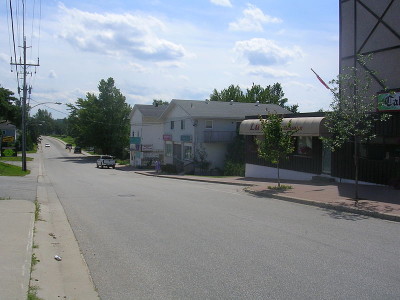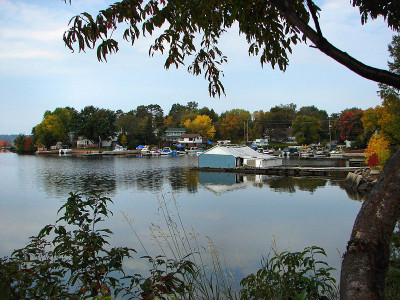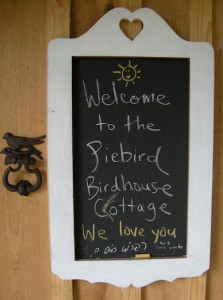 About two minutes south on Chapman’s Landing Road (named after Nipissing’s first settler in 1862), just past Becker’s Berry Farm is what has to be northern Ontario’s most profesionally and innovatively marketed bed and breakfast – Piebird Bed and Breakfast and Farmstay.
About two minutes south on Chapman’s Landing Road (named after Nipissing’s first settler in 1862), just past Becker’s Berry Farm is what has to be northern Ontario’s most profesionally and innovatively marketed bed and breakfast – Piebird Bed and Breakfast and Farmstay.
Piebird isn’t a town – it is a two minute drive down one of Nipissing Village‘s sideroads – but we had such a great time there that it deserves its own write-up.
My wife grew up a farm kid, the daughter of backtothelanders who were committed to the idea of the kids pulling their weight and finding their own fun through parent-imposed farmwork.
So I’ll admit I was a bit surprised when I got an email from my wife whilst at work suggesting that we spend a weekend at a farmstay. Yeah. A “farmstay.” Come on. We’ve both never really understood the appeal of a farmstay – paying someone else to let you do farm chores, well that’s kind of like signing up with Molly Maid to play with other people’s vacuums. But I figured she just wanted to get reacquainted with goats and chickens and use the farm’s cottage as a home base for exploring the area.
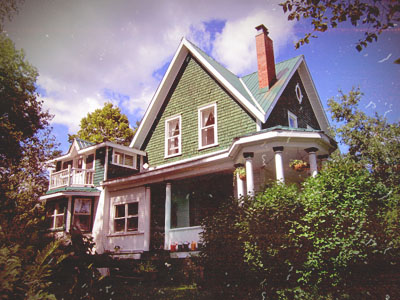
Piebird bed and breakfast in Nipissing Village, Ontario. (Credit: I stole this photo from Piebird’s website, but strangely I think they’ve borrowed one of mine as well. Complete coincidence.)
My eyebrows raised even further when she suggested that we have them provide us a supper. Because Piebird is a vegan farm. My background is half Italian and half Hungarian so there are some meals where my family was nearly carnivorous. It wasn’t out of the ordinary that the only course without a meat component was the fruit plate. And being asked if we’d like to participate in the yurt-building workshop that was taking place that weekend just made wonder how this would all turn out. Yeah, there was a part of me that feared we’d be building a fancy tent larger than my urban backyard based on the caloric input of quinoa and chicory coffee.
Of course, none of my fears came to pass. Because Piebird was awesome!
Piebird is probably one of the quietest places I’ve been – and I’m a guy that’s stayed out in northern Ontario and at a 10 000+ sq mile ranch out in one of the most remote parts of Montana. Piebird was incredibly dark at night and just felt so relaxing, as if it was 1000 miles away from the city. We stayed in the Birdhouse Cottage which was a two bedroom house with all of the amenities you’re used to, save for a TV. Which was strangely liberating. The main house has a few rooms, a parlour and a dining room all dedicated to the B&B guests. The main house used to be a fancy cottage of a wealthy Torontonian. But as the years went buy it felt into disrepair until two ex-Vancouverites saved it and fixed it up.
Despite water gushing through walls, a roof the leaked and a foundation that was maybe a year away from collapse, Sherry and Yan have fixed up the main house – even maintaining the unique pressed-tin walls that were original to the place – have added-on living quarters for themselves, built a sauna, developed a unique Piebird brand, started a cropshare and a seed company and have adopted a bunch of pets.
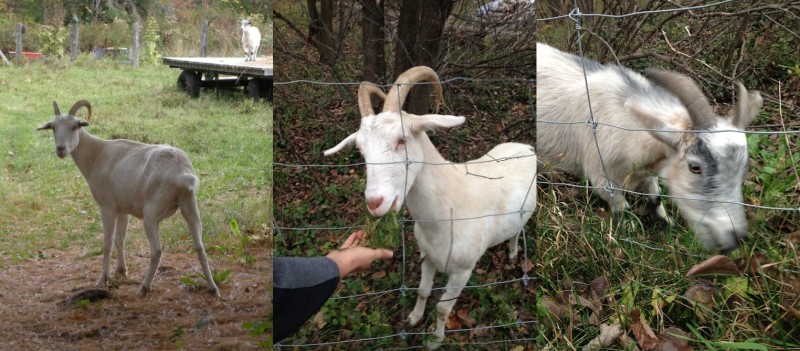
I think the big one is Ginger. And I think the second photo is the same goat as the first photo. I think the third photo’s goat is the same as the small goat in the first photo – the one on the wagon. Right now I’m feeling guilty for not getting to know the goats well-enough to remember their names.
My wife and Sherry talked about their love of chickens and how they make great pets. Yan taught me a bit about organic methods of nutrient retention, since I once had a job that involved more traditional methods of fertilizing soil. Sherry and Yan keep something like seven goats. One was named Ginger. The little black pygmy goat was named Pepe the Awesomesomethingorother and he’d headbut you if you tried to pet them. And not only were these goats cute, but they were savvy. They’d ignore you unless you came to the fence with a handful of green grass that had been growing across the fence, beyond their reach.
Even the vegan meal was fantastic. For this I was really skeptical, but my wife suggested why not? At best, it’s awesome.
It turned out for the best. Supper started with sunflower seed paté with a side of sunflower root and carrot, both grown on the farm. The sunflower seed paté was quite savoury and didn’t betray its vegan origins. Each vegetable was crunchy and played off the savoury paté nicely – the sweetness of the carrot and the freshness of the sunflower root. This was followed by spelt and rice pilaf with a cabbage and lettuce salad and fantastic homegrown green tomato chutney. And I don’t even like chutney! Then two homegrown tomatoes – one large, one cherry – roasted in phyllo dough, with a bit of rosemary from the garden, and homegrown lemon balm tea with a spelt apple crumble with apple butter filling that competed with any traditionally-made apple crisp I’ve ever had. Oh man! I coudn’t believe how satisfying it all was.

The Birdhouse Cottage – a super cozy place to stay if you don’t want to stay in the main house at Piebird
And what is also really cool about Piebird is that it’s the kind of place where you don’t mind eating with strangers because you know that to come to a place like this they have to be kinda nice or pretty interesting or, at worst, a little out there. In this case, they were hilarious and very charming.
A young couple had come up to vet the place as the site of their future wedding. The two kids (editors note: you know you’re getting old when you refer to twentysomethings as “kids”) were quite crunchy. Obviously organic. Very vegan. Unquestionably urban.
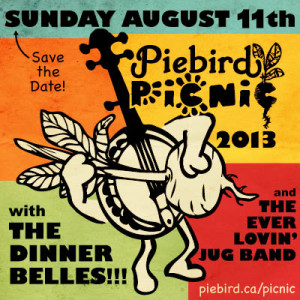
Although the yurt-building workshop didn’t go down the weekend we were there, Piebird often hosts festivals, concerts and community events
But their parents were quite the opposite. One set of parents was from Timmins. The other from Cleveland. I’ve been to both places. I don’t think there are two more meat-eating cities in North American than Timmins and Cleveland. Just check out Poutineland or Sokolowki’s University Inn, respectively.
And so it’s clear to say that the parents, while good sports, weren’t jazzed about the idea of a wedding hosted four hours north of Toronto that was going to serve veggies, more veggies and only veggies.
They were never rude, but they sure were funny. Their eyes widened with each new entrée. They’d make remarks confirming that there truly really was no butter in any of this?, or that there wouldn’t be an egg served for breakfast? They took tiny bites of the homegrown stevia and avoided the herbal teas. They tried to commiserate with us – the parents assumed we must be similarly carnivorous. Wouldn’t you just love to follow this up with some meatloaf? joked one parent, in confidence. When my wife went to the washroom, another made a crack about composting toilets not being necessary as there was so little to digest. It’s in my nature to empathize even if I’m not totally on-side but I had to fight the urge to defend the Piebirdians, because the meal was fantastic, or admit that, yeah, usually I’m a bacon on my roast kinda guy. I just can’t describe it. It was a like a scene from the organic crunchy granola vegan hippie version of Meet The Parents, except that instead of being snarky it was honestly very sweet and well-meaning seeing these parents trying (albeit failing) to embrace their children’s wishes. Many other parents wouldn’t have even shown up.
We plan to stay there again – maybe even take a course in gardening or vegan cooking. There’s a sauna if you’re into that sort of thing, a bunch of bikes to borrow and probably a canoe too. They regularly host concerts – Cuff the Duke was up there the weekend after our stay – and they host events like canning bees and yurt-building workshops. I can’t recommend Piebird highly enough. We had a great time.
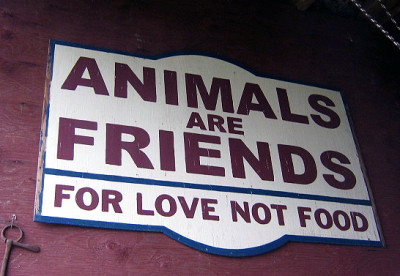
Yes, they’re yummy yummy friends…just not at Piebird
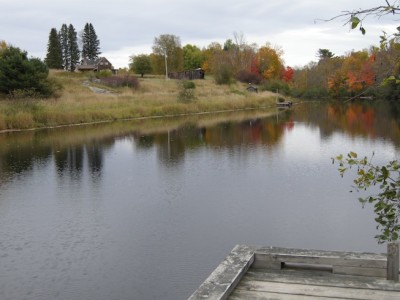
Chapman’s Landing on the South River, just a minute’s drive west of Piebird B&B.
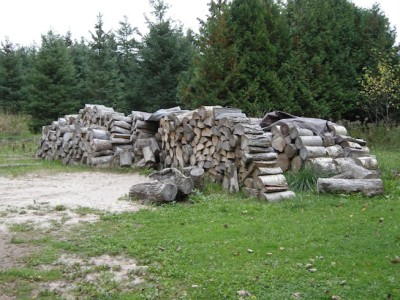
Piebird woodpile!

